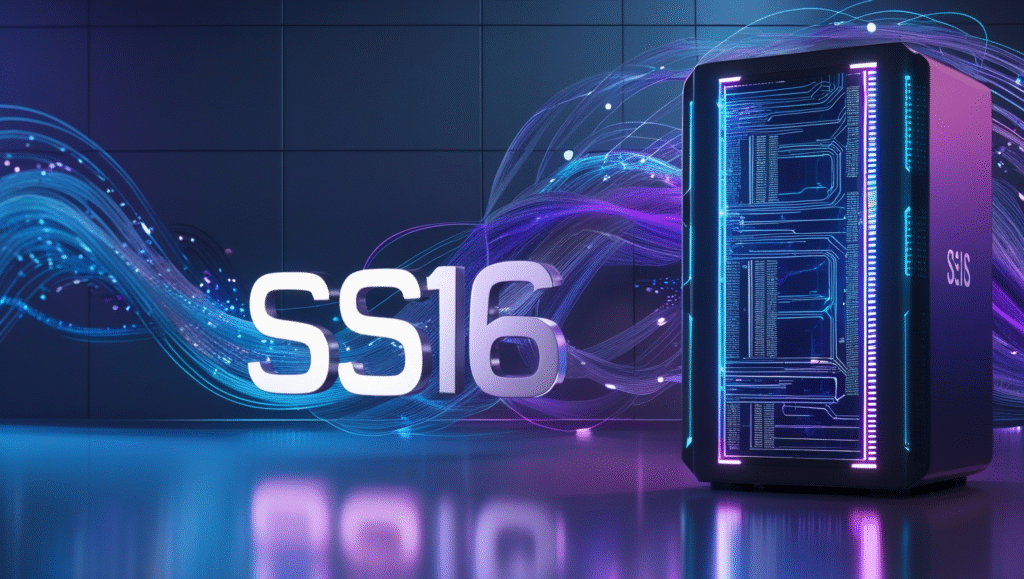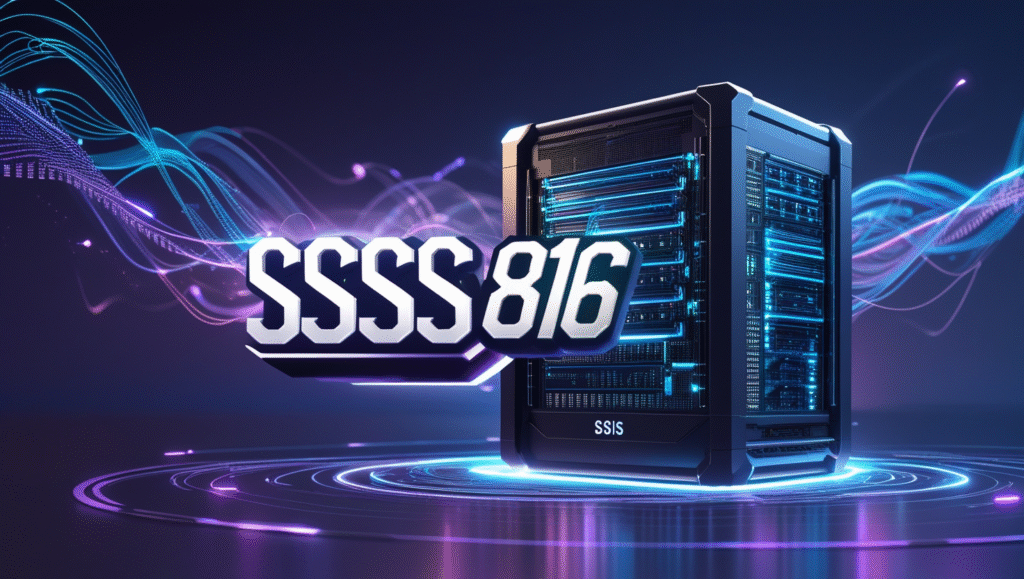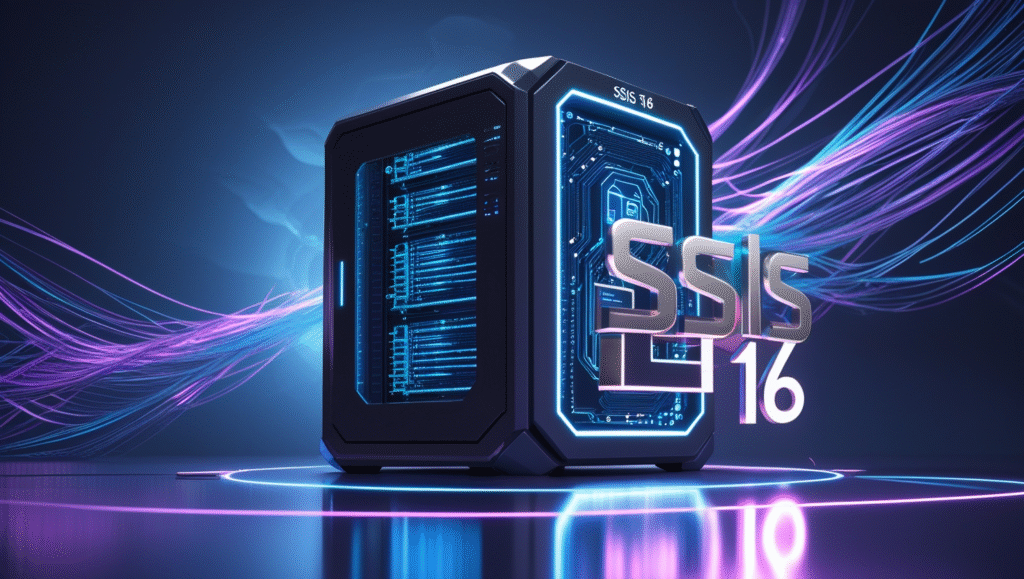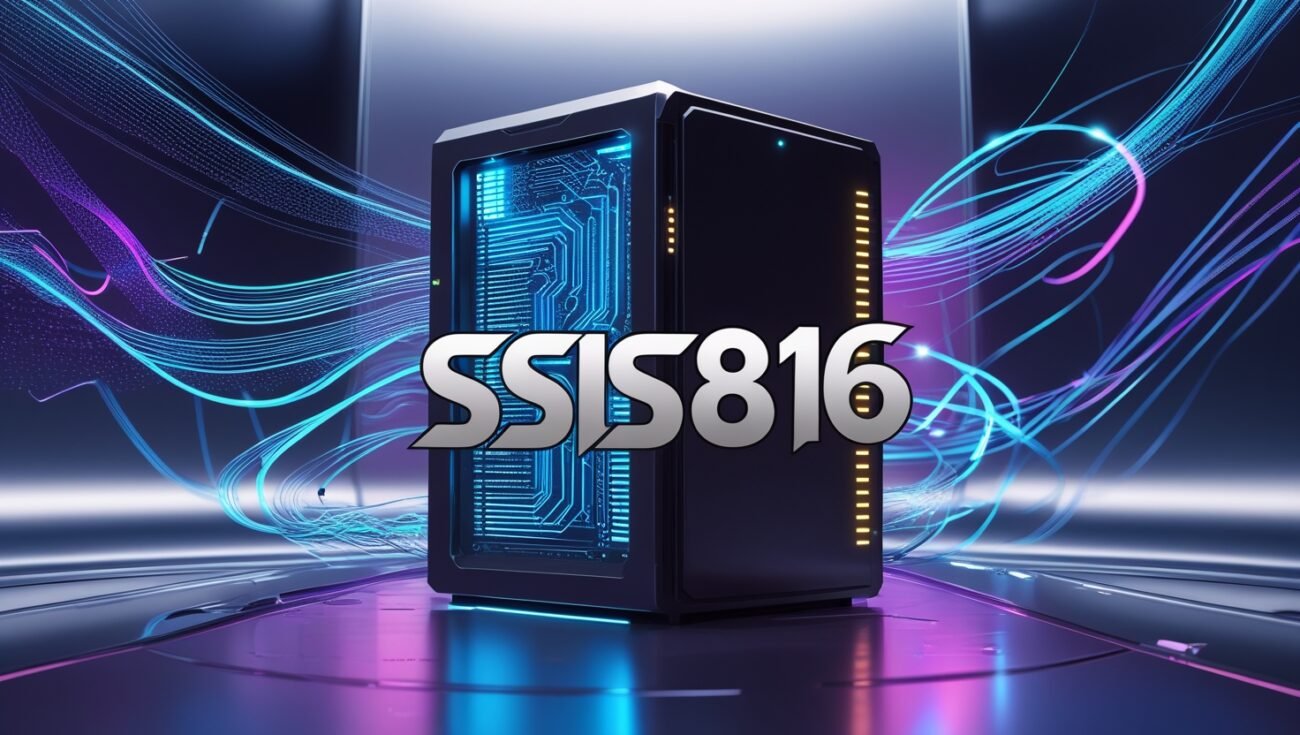Introduction to SSIS 816
SSIS 816 is the latest update to Microsoft SQL Server Integration Services (SSIS), offering more advanced features, better performance, and broader compatibility. SSIS, a platform for building enterprise-level data integration and transformation solutions, has been a cornerstone in data warehousing and business intelligence for years. With the release of SSIS 816, Microsoft introduces enhancements aimed at streamlining Extract, Transform, Load (ETL) operations, integrating cloud capabilities, and optimizing workflow performance for modern data environments.
This article explores SSIS 816 in-depth — what it is, what’s new, its use cases, benefits, challenges, and how to get started with it.
What Is SSIS 816?
SSIS 816 refers to a specific build or release version within SQL Server Integration Services, typically part of an enterprise data solution involving Microsoft’s SQL Server 2016, 2019, or newer editions. It may also reference integration updates aligned with newer Azure or cloud-based environments.
At its core, SSIS 816 continues to provide key features for:
- Data extraction from various sources.
- Data transformation with logic and scripting.
- Data loading into destinations like SQL Server, Azure SQL, flat files, and more.
- Workflow control via packages, containers, and precedence constraints.
With SSIS 816, Microsoft focuses more on hybrid cloud environments and performance optimizations, which help organizations dealing with massive datasets.
Key Features in SSIS 816

SSIS 816 introduces a host of improvements that are tailored to meet the growing demands of data professionals. Some notable features include:
1. Enhanced Performance
The performance tuning in SSIS 816 ensures faster ETL processes. Improvements in memory allocation, parallel processing, and buffer size configuration allow complex data pipelines to run more efficiently.
2. Azure-Enabled Integration
SSIS 816 strengthens Azure support with better integration with:
- Azure Data Lake
- Azure Blob Storage
- Azure SQL Database
- Azure Synapse Analytics
This makes hybrid and cloud-first deployments easier for businesses moving their data infrastructure to Microsoft Azure.
3. Incremental Package Deployment
Previously, updating SSIS packages required redeploying entire projects. SSIS 816 allows developers to deploy single packages, saving time and minimizing risk in production environments.
4. Enhanced Logging and Troubleshooting
SSIS 816 provides improved built-in logging capabilities, making it easier to monitor, diagnose, and debug ETL pipelines. Integration with tools like Azure Monitor or SQL Server Reporting Services (SSRS) improves visibility.
Benefits of Using SSIS 816
SSIS 816 is not just an incremental update—it reflects Microsoft’s vision for data integration in an increasingly cloud-native world. Here are some standout benefits:
1. Improved Scalability
With better support for parallel processing and memory usage, SSIS 816 can handle larger datasets more smoothly, scaling with your organization’s needs.
2. Reduced Downtime with Single Package Deployment
This feature significantly improves deployment cycles and reduces downtime by allowing only the necessary components to be updated.
3. Compatibility with Modern Data Platforms
SSIS 816 works well with newer data platforms including big data tools, cloud-based databases, and even non-Microsoft systems via connectors and adapters.
4. Support for DevOps and CI/CD Pipelines
With better integration into DevOps workflows and tools like Azure DevOps, GitHub Actions, or Jenkins, SSIS 816 supports Continuous Integration and Continuous Deployment (CI/CD) methodologies.
Use Cases for SSIS 816

SSIS 816 supports a wide range of use cases in business and technical environments:
1. Data Warehousing
It is commonly used to extract data from various sources, clean and transform it, and load it into centralized data warehouses for analysis and reporting.
2. Cloud Data Migration
Organizations migrating from on-premises to Azure or hybrid environments can use SSIS 816 to transfer large volumes of data securely and efficiently.
3. Real-time ETL Processes
Though SSIS is typically batch-based, with proper configurations and custom scripting, SSIS 816 can also support near-real-time data updates.
4. Data Consolidation
Businesses with data across multiple systems (e.g., ERP, CRM, third-party APIs) can consolidate and standardize it using SSIS 816 pipelines.
SSIS 816 vs Earlier Versions
SSIS 816 brings notable improvements over earlier versions such as SSIS 2012, 2014, or even 2016. Here’s how it compares:
| Feature | Older Versions | SSIS 816 |
|---|---|---|
| Azure Integration | Limited | Extensive |
| Package Deployment | Full project only | Incremental |
| Logging | Manual setup | Enhanced, built-in |
| Performance | Standard | Optimized for speed |
| DevOps Support | Minimal | Improved CI/CD support |
Organizations still using legacy versions are strongly encouraged to evaluate SSIS 816 for its broader capabilities.
Getting Started with SSIS 816
To begin using SSIS 816, follow these steps:
1. Install SQL Server Data Tools (SSDT)
SSDT is the development environment for building SSIS packages. It integrates with Visual Studio and is available as a free download.
2. Connect to Data Sources
SSIS 816 supports many connectors out-of-the-box, including:
- SQL Server
- Excel
- Oracle
- Flat files
- REST APIs
- Azure Blob Storage
3. Build and Test ETL Packages
Use the drag-and-drop designer in SSDT to create data flow tasks, transformation components, and control flows.
4. Deploy to SSISDB or Azure-SSIS Integration Runtime
Once your packages are ready, deploy them to SSISDB on SQL Server or to Azure-SSIS IR for cloud-based execution.
5. Monitor and Maintain
Use SQL Server Agent, Azure Data Factory, or third-party tools to schedule, monitor, and manage your packages.
Common Challenges and How to Overcome Them

Despite its many benefits, users may face challenges when working with SSIS 816:
1. Learning Curve
SSIS has a steep learning curve for beginners. Invest in tutorials, documentation, and community support.
2. Package Configuration
Complex configuration across environments can be tricky. Use parameterization, configuration files, and environment variables.
3. Version Compatibility
Make sure your SQL Server and Visual Studio versions are compatible with SSIS 816 to avoid compatibility issues.
Future of SSIS and Data Integration
SSIS 816 is part of a larger trend toward intelligent, cloud-integrated data platforms. While tools like Azure Data Factory are gaining popularity, SSIS remains a reliable solution for on-prem and hybrid data pipelines.
Looking forward, Microsoft is likely to continue enhancing SSIS with AI-powered transformations, better integration with Power BI, and stronger security models.
Conclusion
SSIS 816 represents a significant step forward in enterprise data integration. With improved performance, cloud capabilities, and support for modern workflows, it helps organizations build robust ETL pipelines and streamline their data management strategies. Whether you’re moving to Azure or optimizing your on-premises data systems, SSIS 816 is a powerful tool to have in your tech stack.
By understanding and implementing the features of SSIS 816, data professionals can ensure they’re ready to meet the demands of modern data processing with efficiency, security, and scalability.
